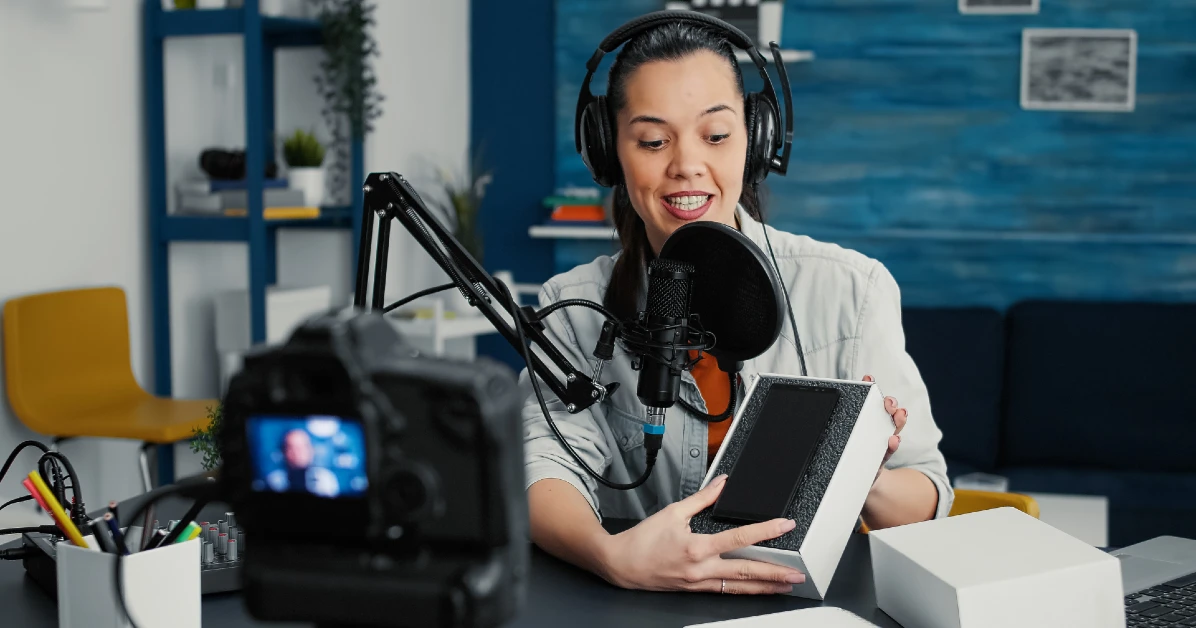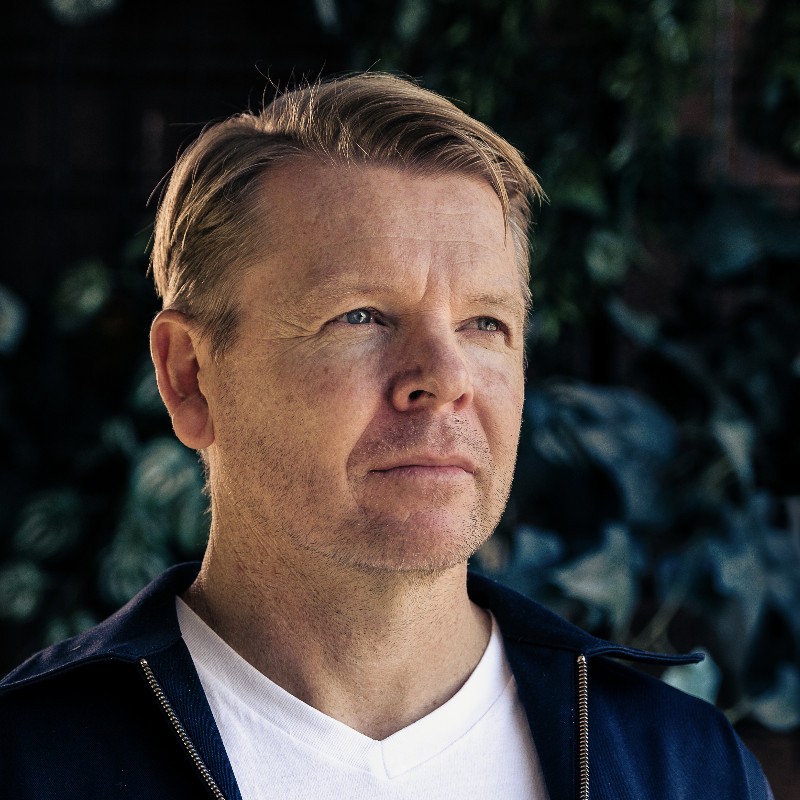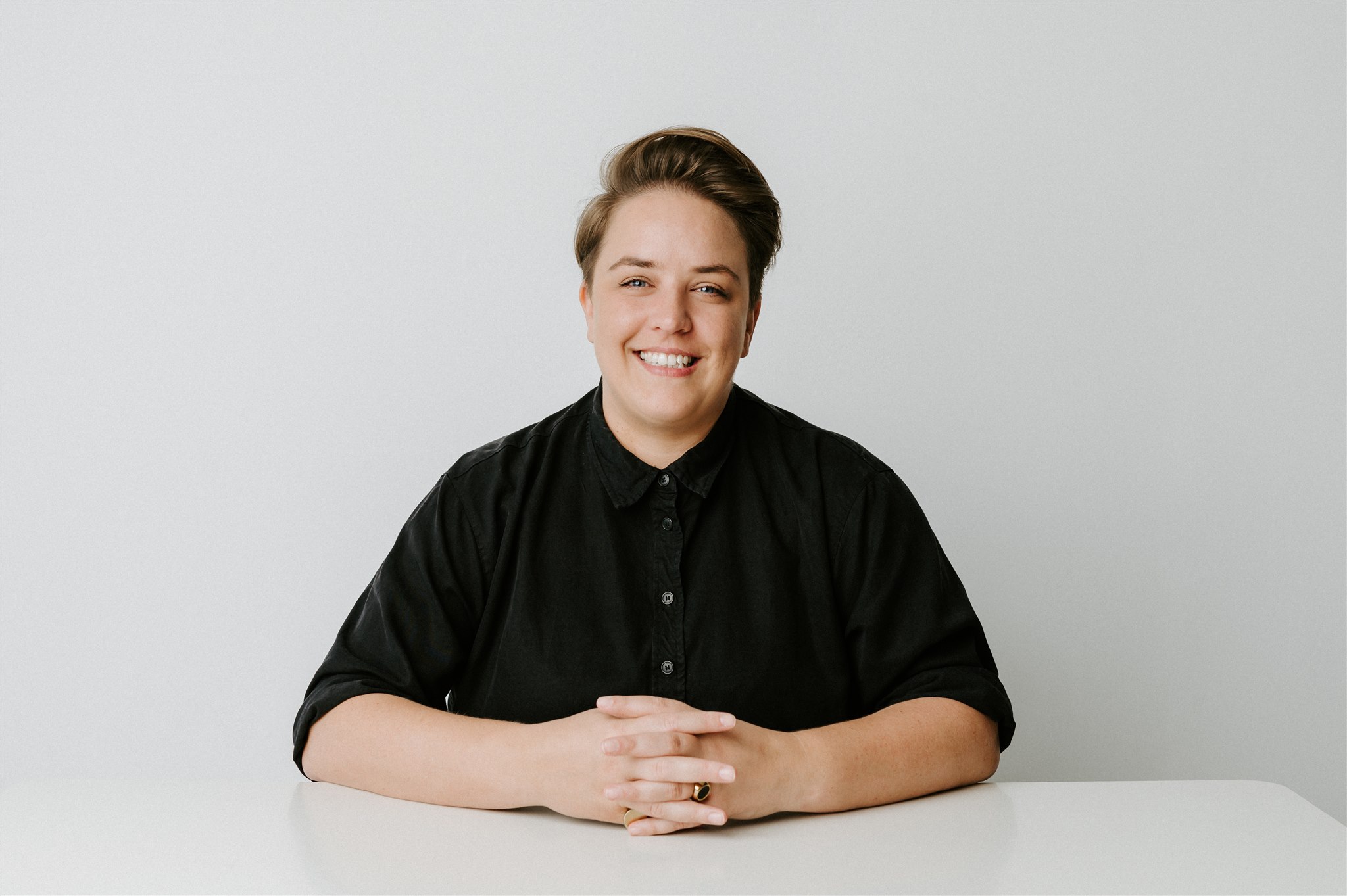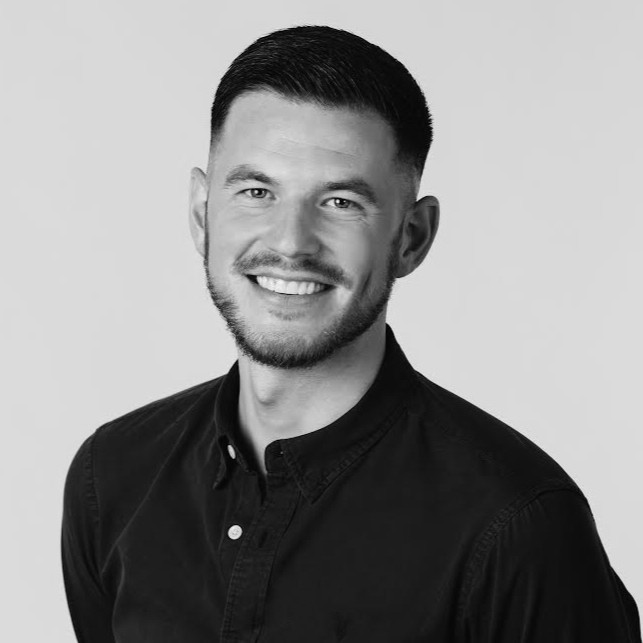A question I often hear from our clients and talent is what makes a great UX portfolio.
UX is still an area of growth for most businesses in Australia. This means that there is great opportunity for new UX talent. However, the competition is fierce and there is an influx in hiring overseas talent for Design jobs in UX, CX and Service Design to meet the growing demand.
So how do you make sure your design work (portfolio) stands out to potential employers and recruiters out there?
It is almost a given that in the digital era, you have some sort of digital presence (website, blog, LinkedIn profile, portfolio) — if not, then my first tip to you is get yourself out there.
- Linkedin (online CV)
- Semplice (online showcase tool for designers, responsive)
- me (online showcase tool for designers, responsive)
- Squarespace (online showcase tool for designers, responsive)
There are plenty of tools out there that will allow you to showcase your work and make it look pretty, however, what are you showcasing and what other aspects will make your portfolio stand out?
1. The Design Process is a journey – tell your story!
Your UX portfolio should reflect the story you want to tell. From user research findings — what did you encounter and how did this inspire your design approach — to what obstacles did you encounter and how did you handle these?
Whether you’re speaking to a hiring manager or a recruiter, presenting your work in a narrative way will make it more engaging and will visualise your journey.
In my experience, your UX portfolio should consist of
- +/- 60% presenting your thought process: user research & testing, obstacles, insights, design decisions, iterations, stakeholder management.
- +/- 20% about your team, your role in the team and how you operate in the team environment.
- The other +/-20% talk about your prototype or final product and again reflect on your design decisions and explain the why and how.
2. Keep to the point and be relevant
Make sure you present only what you want/need to present. Tailor your portfolio for your audience. Just like a CV, it’s recommended to have a few different versions of your portfolio that align with the job you’re applying for (when wireframing is a majority of the role, make sure you spend enough time talking about your relevant experience).
How to ace your portfolio presentation from Designer Fund has some great tips on how to ace your portfolio presentation
3. Make it interactive
Document your prototype with more than just a link. Consider an animated gif or a video clip — this will take your viewer on a visual journey of your design process.
4. UX involves teamwork, so highlight your personal involvement
About 90% of UX Designers work in teams (depending on the company the size of the UX team can vary).
It’s important to tell people how you work in teams, what role you play, type of personality etc. Hiring managers will often look at what type of personality would fit in their team (besides skills), so don’t be afraid to ask in an interview about what type of personality they are looking for in the team.
Whether you work for a large corporate or a lean UX startup, you will work in some sort of team and you need to articulate your ideas and highlight your deliverables of the project.
5. Benchmarking your work is more than OK
Hallelujah! There is a lot of information online about working in UX. Explore and research what other people are doing, how do they present their work and what makes them successful. No need to always re-invent the wheel.
6. Be cautious and respect NDA work
Most companies will have an NDA in place (non-disclosure agreement), this means you sign an agreement of confidentiality for the work you are doing for your client or employer.
Interviewers will understand confidentiality, but are keen to see your work. Make sure you protect your reputation and value the integrity of the work.
In case of confidential projects, highlight the type of work or projects you have worked on and focus on discussing the process, the obstacles and your key deliverables (keep it anonymous).
7. Keep it real
Don’t oversell — don’t present someone you’re not. In job interviews, you will find that multiple people could be involved in the interviewing process. They are specialists in their field and will most likely pick up on whether you are selling something that you’re not.
Be specific about what roles you have worked in, what roles do you enjoy most and what roles would you like to move into.
8. Be honest
Honesty goes a long way and will be respected. Lying about your experience will come back to bite you eventually, so don’t do it.
Yes, I know applying for jobs is not always the most fun, and it is definitely time consuming. However, employers are looking for people who go the extra mile and make it through the pile of CV’s and portfolio’s by standing out in some way.
So whether you’re a fresh grad or an experienced designer, be open for feedback from your peers, friend, colleagues (anyone really) — criticism is your gold dust.
ABOUT BAS
As an Account Director at Aquent, I am responsible for growing business within our existing account portfolio and establishing new relationships with potential clients across Sydney. I have 5 years recruitment experience with leading global firms across IT, Sales and Digital Marketing on both the Dutch as well as Australian markets. Living in the “digital age’, I strongly believe Aquent has a very strong proposition to clients with it’s multi-branded and specialist approach to both clients as well as talent. In my spare time you will find me on the tennis court, beach, travelling or out and about working on my photography portfolio. I look forward to meeting with you and building a strong collaborative relationship.
Latest.

How To Give Your Creative Career More Stability In Times Of Change
Industry Trends, Job Seeker

The Key to Being Job-Ready is Being Resume-Ready
Job Seeker

Are Companies Taking Advantage Of Job Seekers In A Competitive Market?
Job Seeker, Industry Trends, Hiring Insights



